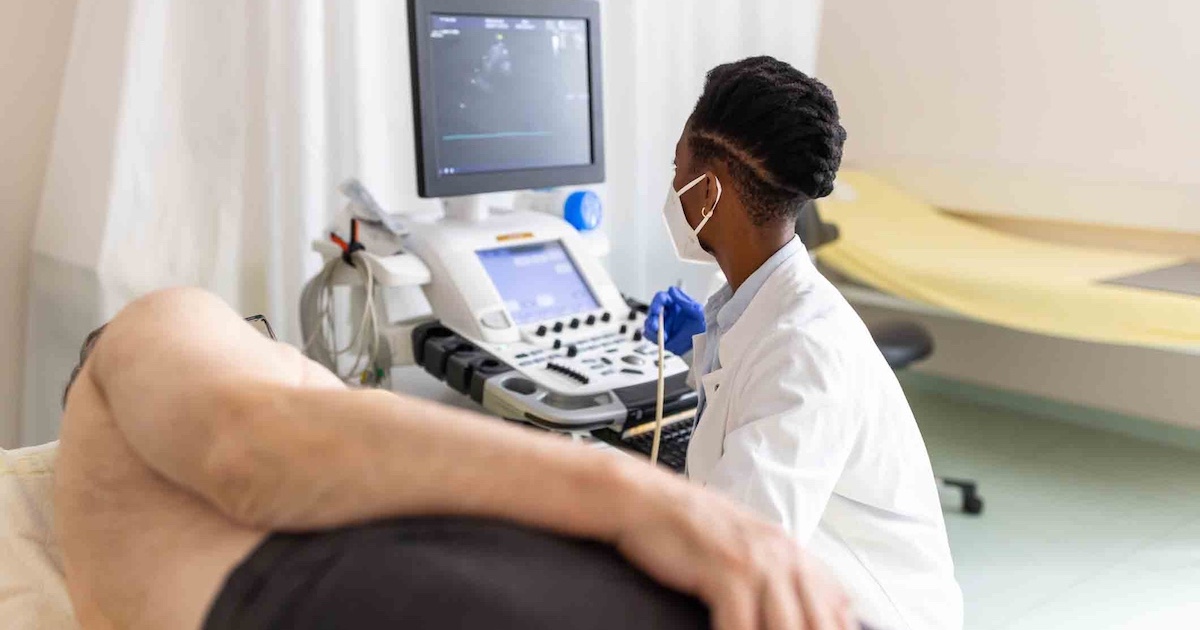
Photo: Gorodenkoff Productions OU/Getty Images
Hippocratic AI, a generative AI company focused on large language models for healthcare, has chosen Fivetran, a data analysis firm, to create a secure data foundation to advance its patient care platform.
The decision aims to help Hippocratic AI safeguard sensitive production systems, hasten analysis and create infrastructure.
Together with Fivetran, Hippocratic AI will have the ability to replicate its customer data in an analytical environment that adheres to healthcare compliance requirements and regional data residency directives.
According to Fivetran, the united environment aims to support global research, benchmarking and real-time operational decision-making.
"With Fivetran, we have added data resilience to systems while establishing a foundation that lets us move faster, scale securely and deliver actionable insights to our customers," Matt Honea, chief information security officer of Hippocratic AI, said in a statement.
THE LARGER TREND
In September, Hippocratic AI partnered with Eraas Health, which offers a platform that monitors environmental conditions and identifies individuals at high health risk using analytics, data science and Hippocratic AI's generative AI healthcare agents.
The two companies, which began working together in April, stated that the insights are generated via Hippocratic AI's Polaris Constellation System.
Also last month, University Hospitals collaborated with Hippocratic AI to deploy Hippocratic AI's conversational agents within clinical workflows and for patient engagement across the University Hospitals system.
The aim was to deploy Hippocratic AI's voice-based agents to back patients covering a range of non-diagnostic use cases.
In August, Hippocratic AI was among the more than 60 companies that agreed to join the CMS Aligned Network under the CMS Interoperability Framework.
Hippocratic AI joined industry giants Amazon, Apple, Google, OpenAI and Oura, which have committed to working together to adhere to the CMS Interoperability Framework criteria.
In January, Hippocratic AI closed a $141 million Series B round of financing, which brought its valuation to $1.64 billion.
In addition to the Series B news, the company launched Healthcare AI Agent App Store, which allows clinicians to collaborate with Hippocratic AI to codevelop AI agents that address specific patient conditions and improve workflow efficiency.
The company said the offering gives clinicians a direct role in crafting AI solutions. The agent takes less than 30 minutes and is safety tested by both the creator of the agent and the Hippocratic AI staff.
In 2024, Hippocratic AI closed an oversubscribed $53 million Series A funding round, bringing its total raise to $120 million. The funding round brought the valuation of the company to $500 million.
Additionally, the company announced the release of its first product, a digital staffing marketplace where health systems can “hire” generative AI assistants.
Earlier this month, Fivetran signed a definitive agreement to merge in an all-stock deal with dbt Labs, a data transformation company.
Under the agreement, George Fraser will serve as CEO of the unified company and dbt Labs cofounder and CEO Tristan Handy was named president.
Also in October, Fivetran announced the general availability of the Oracle Binary Log Reader, a replication method within its managed service that allows high-volume, low-latency replication from Oracle databases.
In a statement, Fivetran explained that the Oracle Binary Log Reader delivers high-performance, real-time replication directly from Oracle, allowing organizations to handle large data volumes.
"Running entirely within Fivetran’s fully managed service, it will eliminate the need for self-hosted replication solutions, reducing infrastructure complexity and ensuring timely, trusted data delivery to cloud destinations," the statement said.
In 2024, Fivetran announced it surpassed $300 million in annual recurring revenue, up from $200 million in 2023.
In a statement, the company said that it has consistently driven elevated ARR growth and reaccelerated year-over-year gains over the past two quarters.


